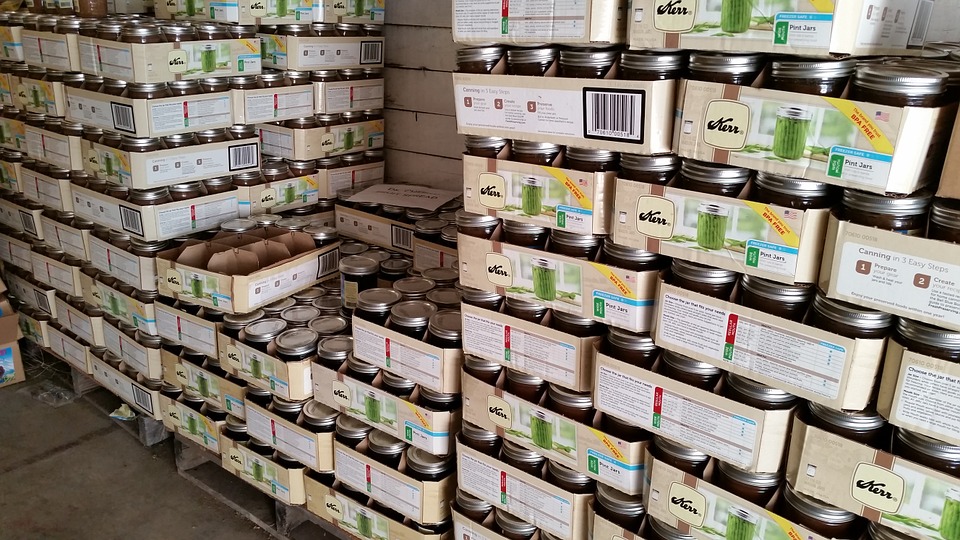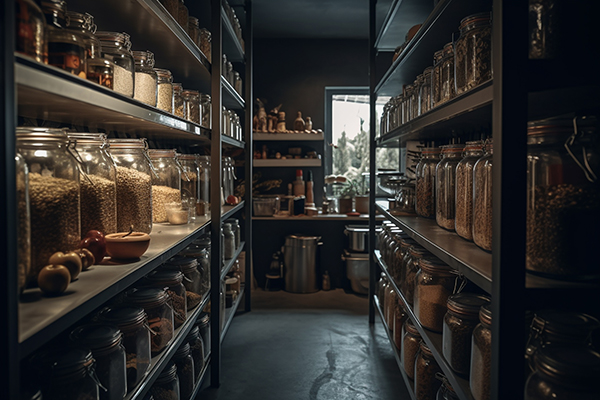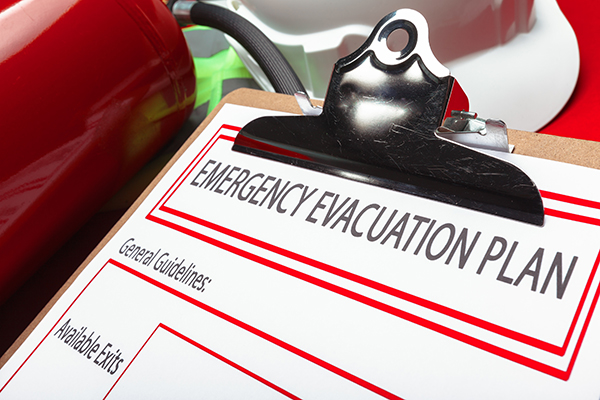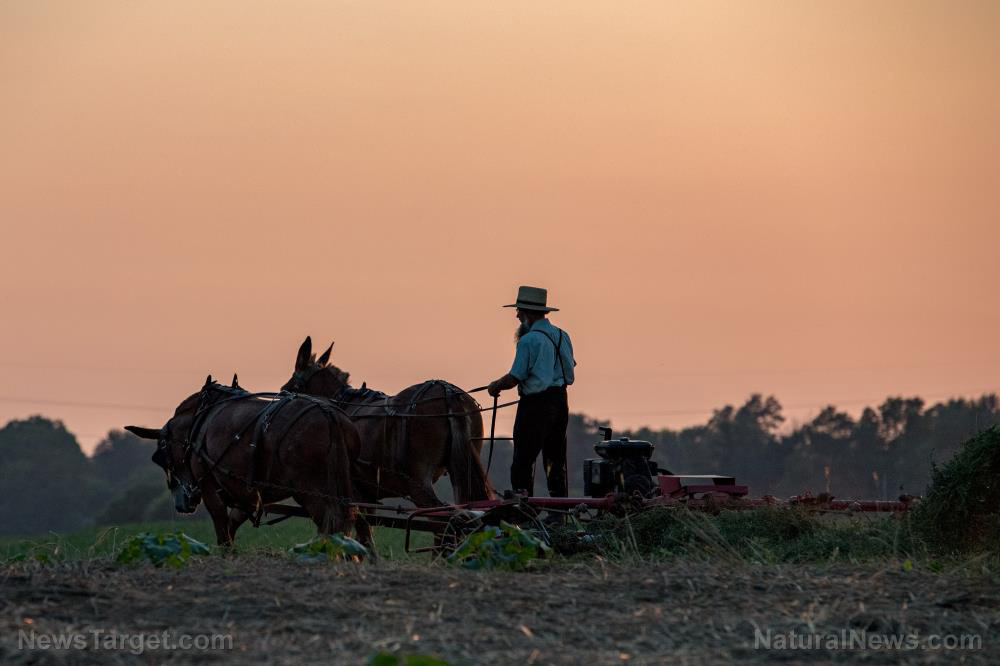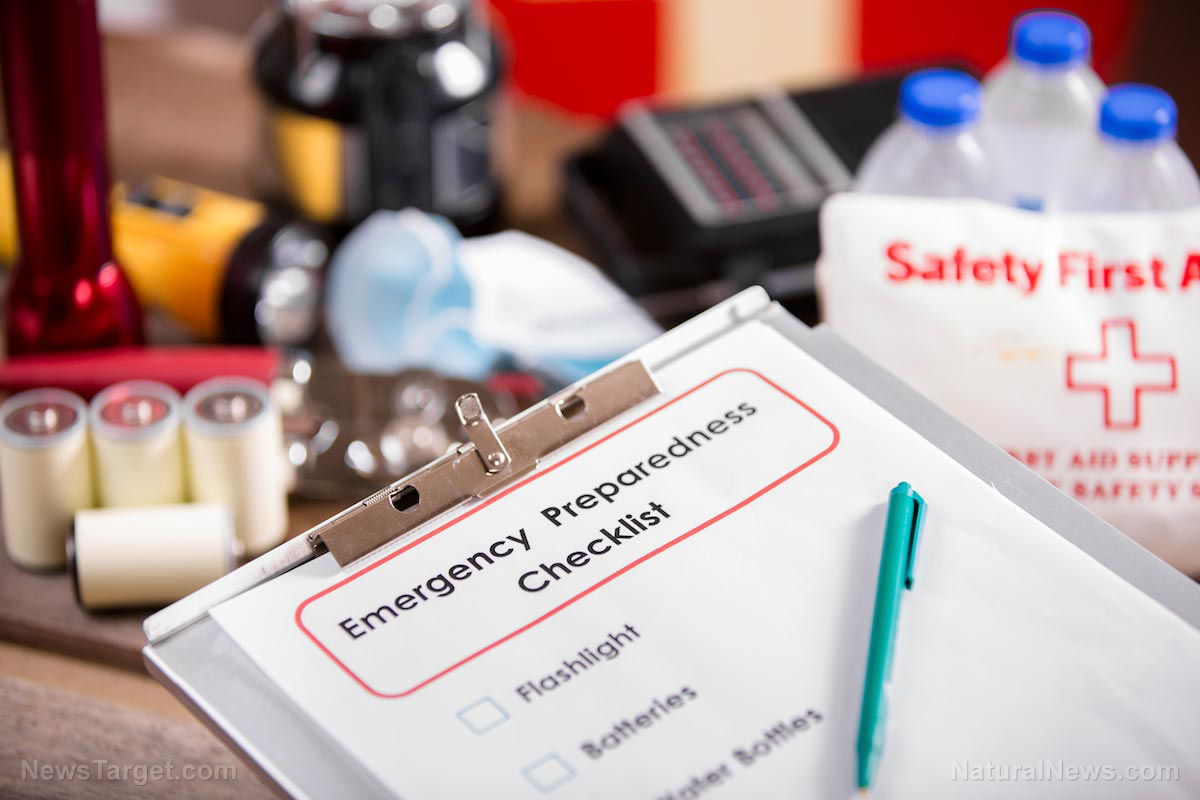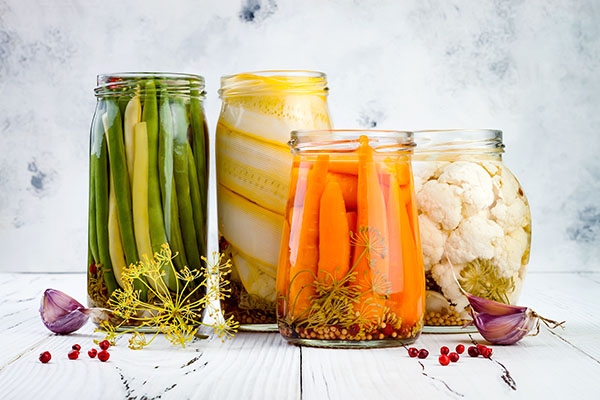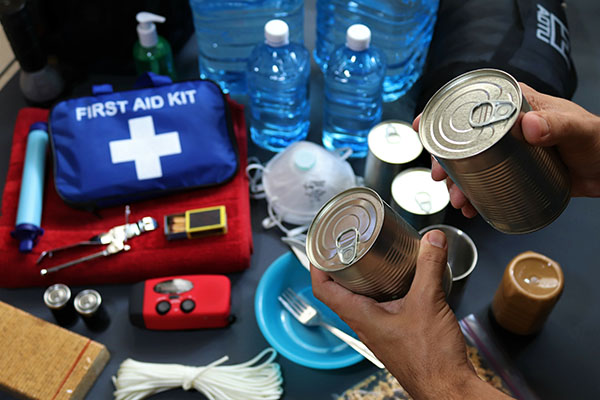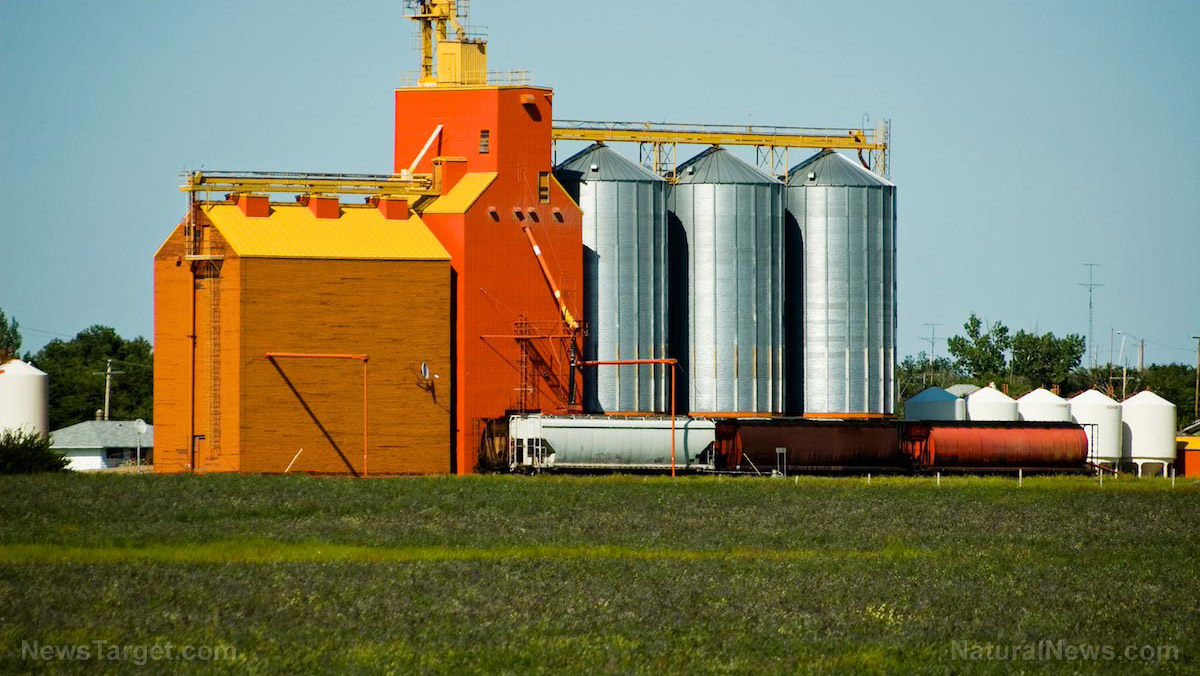Prepping tips: How to prepare a food storage starter kit
05/09/2024 / By HRS Editors

Building your own food storage starter kit is one of the most basic things you need to learn if you want to be prepared for a food emergency or survival situation. Making a food storage starter kit is not as simple as going to your local grocery store and stocking up on whatever food options you want. You need to be strategic about your emergency food stockpile.
Here are some useful and sensible prepping tips to get you started on making your very own proper food storage starter kit. (h/t to PreppersSurvive.com)
Figure out the essentials
If you want to be able to feed one person three meals a day for a month, you will need a box that measures approximately 19 x 13 x 7.5 inches. This is a good estimate for a month’s supply for the average person but you can scale it up accordingly if you need to feed other people. A box of this size can fit six #10 cans, which are the ideal long-term storable container option. Many survival foods are available in #10 cans, which are portable, convenient and able to provide an ample amount of food, as opposed to regular cans and food pouches. When properly stored, #10 cans also have an incredibly long shelf life.
Now that you have an estimate of how much food you need to store, you need to carefully choose what food options to stock up on. The #10 cans you’re looking for should contain non-perishable, shelf-stable food that is packed with nutrients. Choosing freeze-dried and dehydrated food options without any preservatives can help ensure that you get maximum nutrition for what you’re paying.
Here are some ideal food options to stock up on:
- Canned beans and legumes, such as pinto beans, black beans, white beans, lima beans, green beans, chickpeas, adzuki beans, black eyed peas, lentils and kidney beans
- Dried fruits, such as apples, banana, blackberries, mangoes, strawberries, blueberries, raspberries, pineapples and goji berries
- Canned vegetables, such as kale, broccoli, corn, peas, carrots and potatoes
- Nuts, such as cashews, almonds and macadamia nuts, as well as raisins and trail mixes
- Seeds, such as flax seeds, hard red wheat berries and chia seeds
- Canned tuna, salmon and other canned fish
- Canned chicken, turkey and other canned meats and poultry products
- Powdered milk products, such as coconut milk powder and dry milk powder.
- Coconut palm sugar, pink Himalayan salt, black pepper and other condiments and seasonings
You can also stock up on dry pasta, such as macaroni and cheese, or grains, such as brown rice, amaranth, millet, pearled barley and quinoa. These are often available in long-term storable food buckets. Don’t forget to also stock up on water bottles or secure a reliable source of clean, drinkable water.
Buy your food in bulk
To get the most out of your purchases, avoid buying your food supplies at your regular grocery stores or retail stores. Instead, find a food supplier where you can buy in bulk quantities at wholesale prices. This will prove to be a more cost-effective approach in the long run, especially if you store your food supplies properly. Most grain products purchased in bulk usually already come in long-term storable food-grade buckets but make sure the grains are kept in sealed food storage bags before being placed inside the food buckets.
Bulk staples, such as beans, rice, wheat, corn and powdered milk can be stored with your canned and dried foods. Make sure to store them in closed containers and in a cool, dark and dry area away from moisture, heat and direct sunlight. If stored properly, your food storage kit should last for years. (Related: Sensible prepper rules to follow when building your emergency stockpile.)
Regularly rotate your supply
It’s important to keep stock of the food supplies you already have in your survival pantry. That way, you can avoid buying double of anything. You should keep a detailed checklist of each and every survival food item, complete with their expiration dates. The last thing you’d want is for you to forget about a food item and let it sit in some forgotten corner for so long that it spoils.
You can regularly rotate your emergency food supply by following a first in, first out system. That way, the food items that are bought first are consumed first and then replaced as needed, accordingly. To add some more variety in your food storage kit, you can also choose to replenish your food supply with different food options each time instead of constantly stocking up on the same food options each time. Not only will this open you up to trying new and different things, it can also ensure that your body gets a diverse range of nutrients.
Stock up on nutrient-dense superfoods in long-term storable #10 cans and food buckets
Here at the Health Ranger Store, we understand the importance of finding nutrient-dense, long-term storage food options for your food storage kit. That’s why we’re offering you our premium collection of Emergency Survival Foods. Many of these items are carefully freeze-dried to retain maximum nutrition and are available in long-term storable #10 cans and food buckets.
To get a variety of nutrient-dense superfoods all at once, you can stock up on our Ranger Bucket Set – Organic Emergency Food Supply. You’ll get great value for your money since each Ranger Bucket Set contains at least 536 servings of ultra-clean, highly nutritious, organic superfoods. You won’t find any GMOs, MSG, synthetic chemicals, preservatives or heavily processed ingredients in our Ranger Bucket Set. Our Ranger Bucket Set and Emergency Survival Superfoods are all lab-tested for glyphosate, heavy metals and microbiology.
Go to EmergencyFood.news to read more stories about nutritious food that you should stock up on before SHTF. You can also visit Health Ranger Store and Brighteon Store for more clean food supplies for your survival stockpile.
Watch the video below to learn more on the survival uses and benefits of Organic Non-Fat Milk.
This video is from the Health Ranger Store channel on Brighteon.com.
More related stories:
Unlocking the mastery of bucket food storage: Essential for complete preparedness.
Prepper essentials: Tips for building an emergency prepping kit.
Prepping tips: How to prepare a food storage starter kit.
Sources include:
Submit a correction >>
Tagged Under:
#10 cans, beans, bucket food, canned food, emergency food, emergency kits, emergency prepping kit, emergency stockpile, emergency supplies, food buckets, food freedom, food independence, food starter kit, Food storage, food supply, food-grade buckets, Gear, grains, homesteading, how-to, mylar bags, nutrients, off grid, oxygen absorbers, preparedness, prepper, prepper pantry, Preppers, prepping, prepping gear, prepping kits, prepping stockpile, prepping tips, self-reliance, SHTF, survival, survival food, survival gear, survival kits, survival stash, survival stockpile, tips, wheat berries, wheat seeds
This article may contain statements that reflect the opinion of the author
RECENT NEWS & ARTICLES
FoodStorage.News is a fact-based public education website published by Food Storage News Features, LLC.
All content copyright © 2018 by Food Storage News Features, LLC.
Contact Us with Tips or Corrections
All trademarks, registered trademarks and servicemarks mentioned on this site are the property of their respective owners.


